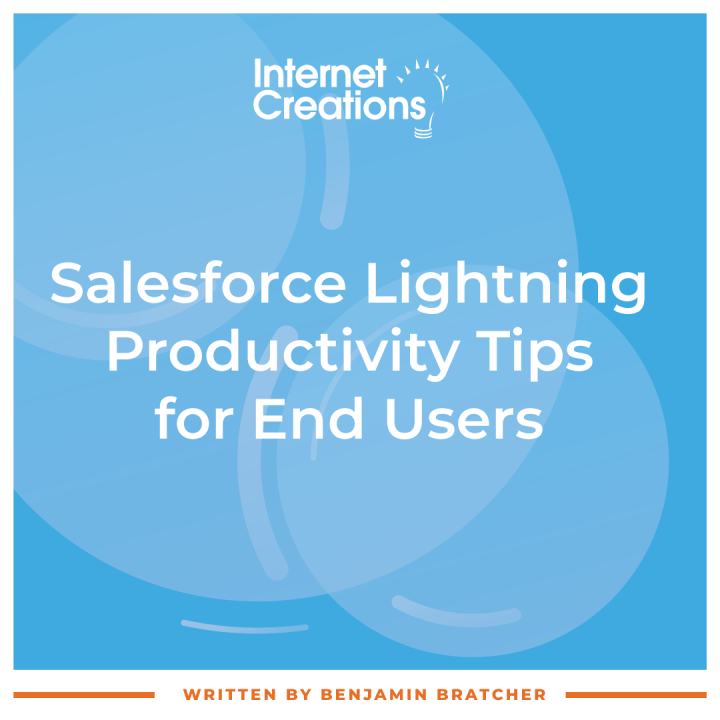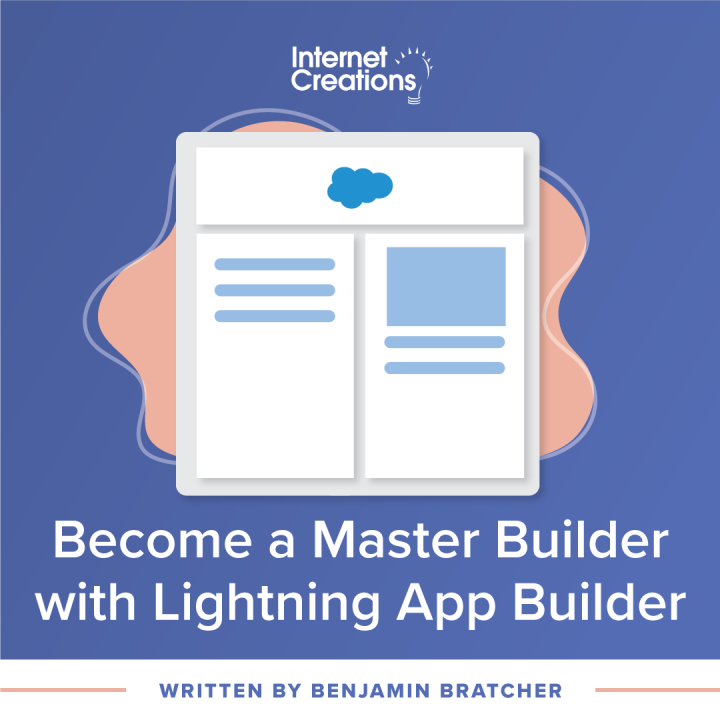7 Tips to Lead Meetings That Rock


If you’ve ever been stuck in a meeting that seems to drown on forever, you’re not alone. We’ve all been there at some point. The culprit? They’re poorly planned and fail to have an agenda.
And if you’re someone who’s often in back-to-back meetings, you end up feeling rushed, stressed, and can’t possibly be productive. What a waste of time and mental energy.
1. Have a plan, Stan
The first step to having a better meeting is to plan for a better meeting. Spend time planning a clear agenda so your colleagues know the goal of the meeting, its direction, and have a plan of action by the end of it.
2. Select the perfect ‘guest list’
Is there anything more frustrating than sitting through a meeting you definitely didn’t need to attend? Along with creating a clear agenda, send it to all attendees ahead of time so that only the right people will come to the meeting. Additionally, Google and Outlook both allow you to make attendance optional for certain attendees.
3. Follow the 25/50 Rule
If you’ve ever had a day full of back-to-back meetings, you will love this idea. At Internet Creations, we recently implemented the 25/50 rule. All of our meetings are now scheduled for 25 and 50 minutes instead of 30 and 60. Everyone gets some time after meetings to regroup, check emails, grab a drink, and shift gears so they can actually focus on their next task whether it’s heading to another meeting or simply getting into other work. Here’s how to try it with Google and Outlook:
- Take advantage of Google Calendar’s “Speedy Meeting” feature. You can set your meetings to be 25 or 50 minutes as a default for 30 or 60-minute meetings, respectively.
- Outlook doesn’t have a quick fix for this yet so if you want a workaround, it will require a bit of code.
The benefits? You won’t be late to your next meeting, you’ll have time to record notes following your meetings, and you’ll have less fatigue from racing to your next meeting.
4. Perform a pilot’s checklist
In aviation, a pilot checks off a list of tasks before takeoff to ensure a safe flight. You have to do the same in your meeting and QA it. Five minutes before your meeting, set up everything you’ll need, including your agenda, checking audio levels, or logging in to share a presentation. Don’t waste the first 10 minutes of your meeting setting up a slideshow, phoning in people. That’s a sure way for your meeting to crash and burn. Your colleagues will immediately check out and start checking their emails. You lose valuable time getting into the “flow” of your meeting and it costs you credibility. Your colleagues will appreciate that you’re ready to roll as soon as the meeting starts and you’ll have their attention.
5. Disconnect
This next tip is from a favorite newsletter of mine: TheSkimm. Unless you’re pulling up a presentation, no devices in staff meetings. You can prevent distractions if everyone isn’t multitasking. If someone is on their phone during a meeting, they’re not fully paying attention. They might then ask a question that’s already been answered. Yeah, it will be tough to disconnect for the 25 or 50 minutes, but you can do this.
6. Feed your team
I don’t know about you, but I can’t focus on an empty stomach. My brain power shuts down and I get ‘hangry’. If you’re scheduling a meeting around lunch, cater it. Everyone will be happier and more productive instead of praying for the second the meeting will end so they can grab some grub.
While these tips will set you up for success as the meeting leader, what are you to do if you’re in a crappy meeting as an attendee? You get creative:
- Ask questions – If the presenter doesn’t have a clear agenda, ask questions to force the presenter to get focused and figure out the action plan for the group.
- Get back on track – If the meeting starts to get off track, bring it back to the agenda. Senior Project Manager at Internet Creations, Becky Potts, uses this line: “This is an important topic but we are getting off course. I will document this item and we can circle back once we are through the with agenda or schedule a follow-up call.”
I will document this item and we can circle back once we are through the with agenda or schedule a follow up call
7. Close the deal
You’ve made it! It’s been a great meeting. Now close the deal and send out any relevant notes within 24 hours to team members. This should include decisions made and action items that include a due date. If you can’t give a due date, it’s even more important to schedule a follow-up call after consulting internally.
Want more productivity tips? Follow us on Twitter, Facebook, and LinkedIn
- Salesforce Developer Console for Admins: What it can do for you - May 8, 2020
- Dreamforce Wrap-up 2019 - December 17, 2019
- Dreamforce 2019: A Survival Guide for Success - October 21, 2019


